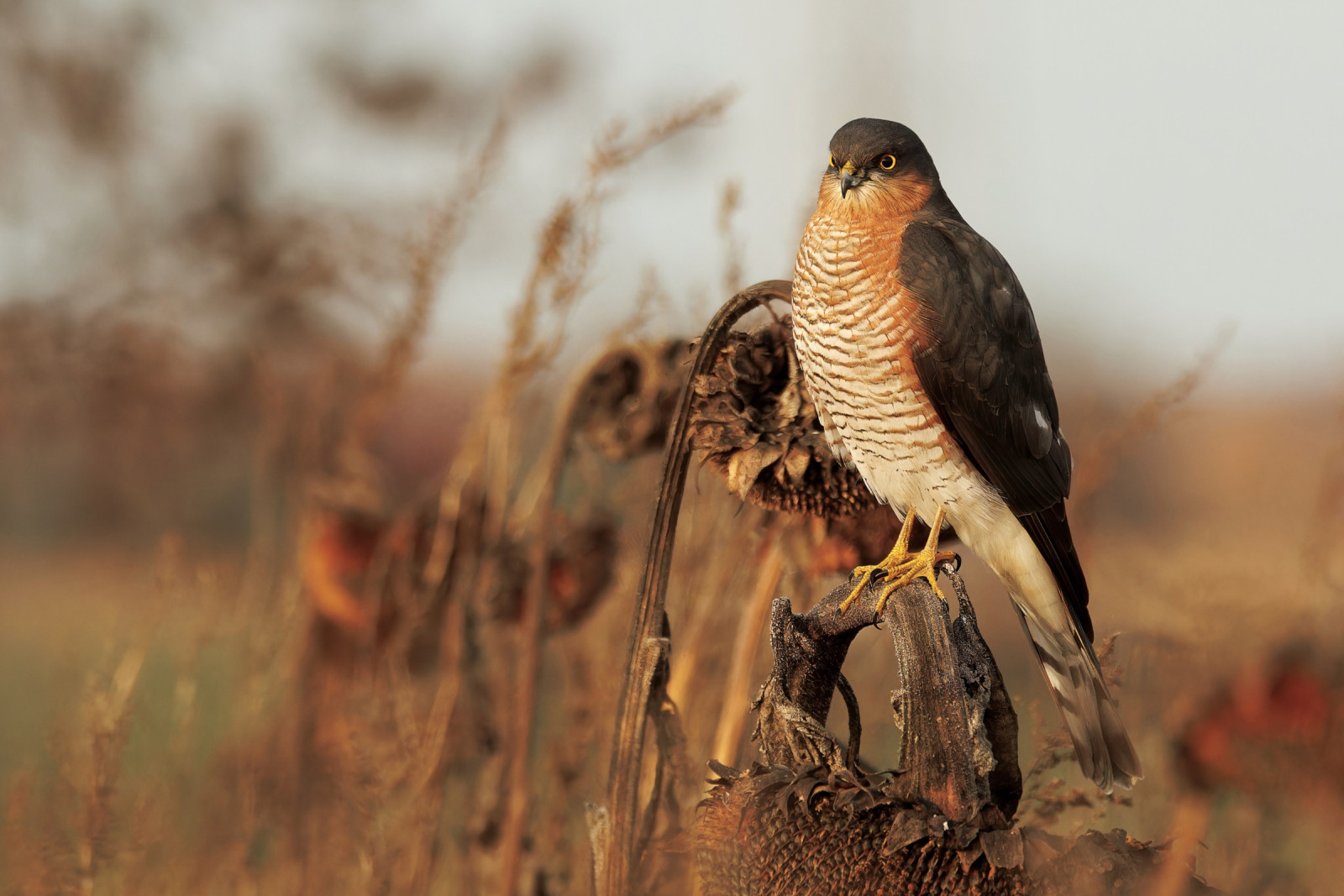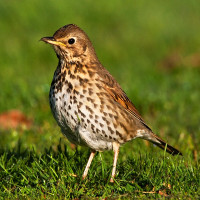Opis
Cornwall being a major holiday destination in the Summer, has two main routes into the county, the A38 via the M1 motorway far to the South and the long distance A30 'The Highway to the Sun' running just to the North West of the site. It is often said the thousands of car drivers heading towards the beaches of Cornwall have no idea of the existence of Halvana, their loss is the birdwatchers gain.
Halvana Plantation, infrequently visited by birdwatchers, is a Forestry Commission conifer woodland, one of the largest in Cornwall. BE AWARE it is an active woodland, some areas may be closed off for logging activities. The area to the East is open moorland with free access (press STARS on map). Flocks of siewka złota are often seen in Winter, kszyk, kulik wielki and other moorland species are often present in the Summer. The area to the North and Northwest sides are open agricultural fields with livestock. The road near the parking places (Do Not Block Gateways) has hedges and more deciduous trees.
Szczegóły
Dostęp
The A30 main road runs from the town of Bodmin far to the South West and the town of Launceston to the East. On A30 from Launceston direction, take exit signed Five Lanes/Trewint/Altarnun. At roundabout take second exit signed Tregirls/Trenilk/Halvanna(?), continue on this now narrowing road (NOTE farm animals may be on road), the conifer plantation soon comes into view, the two parking places are near access gates to the woodland. PLEASE DO NOT BLOCK.
Teren i siedlisko
Las , Rzadkie drzewa i krzewy , Łąka , Wrzosowisko , Rolnictwo/uprawyWarunki
Płaski , Bagienny , Ślisko , Otwarty krajobrazTrasa dookoła
TakCzy luneta będzie przydatna ?
Może być przydatnaUdany sezon obserwacyjny
Przez cały rokNajlepszy czas na wizytę
Zima , Wiosna , JesieńTrasa
Wąski szlak , Droga utwardzona , Droga nieutwardzona , Szeroka ścieżkaPoziom trudności szlaku pieszego
Średnio wymagający spacerDostępne
Pieszo , Rower , SamochódCzatownia/platforma obserwacyjna
NieDodatkowe informacje
Don't forget with those with more time check out the mooorland by walking East from the plantation, in Winter siewka złota are regularly to be found here, unfortunately słonka used to be seen around woodland edges but are a rarity now and błotniak zbożowy once quite common in Winter are no longer seen. During Summer you can do a big circular walk via Fox Tor back to the plantation.




